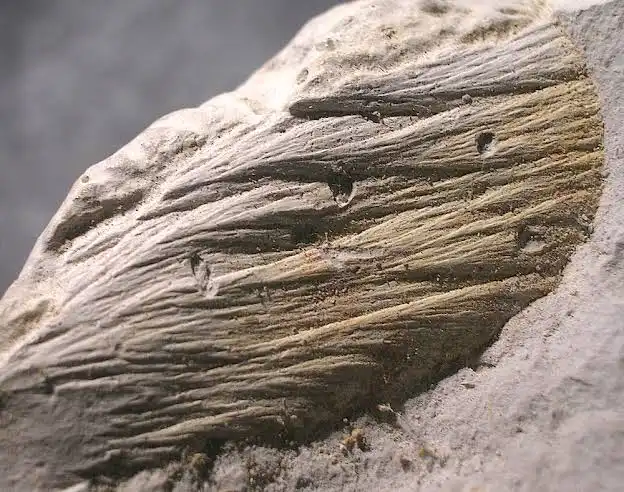Module 2.2: Rocks (Metamorphic)
1/68
There's no tags or description
Looks like no tags are added yet.
Name | Mastery | Learn | Test | Matching | Spaced |
|---|
No study sessions yet.
69 Terms
Metamorphism
It is the change undergone by an existing rock, in the solid state, to another rock.
Metamorphic rocks
Rocks that resulted from mineralogical and structural adjustments of solid rocks to changes in the physical and chemical conditions
Heat, pressure, and chemically active fluids
The three agents of metamorphism
Heat
Provides the energy to drive chemical reactions, resulting in recrystallization of minerals
Geothermal gradient and large bodies of molten rock or intrusive bodies
Two main sources of heat for rock metamorphism
Geothermal gradient
Rate at which temperature increases with depth beneath the Earth’s surface
Confining pressure
Type of pressure where compression is happening in all directions
Leads to smaller, denser packets
Directed pressure
Type of pressure where compression is only one direction
Leads to foliation
Water trapped in pore spaces and from magmatic bodies (hydrothermal fluids)
Two main sources of chemically active fluids for rock metamorphism
Shock metamorphism
Burial metamorphism
Regional metamorphism
High strain (cataclastic) metamorphism
Contact metamorphism
Ocean ridge (hydrothermal) metamorphism
Types of metamorphism
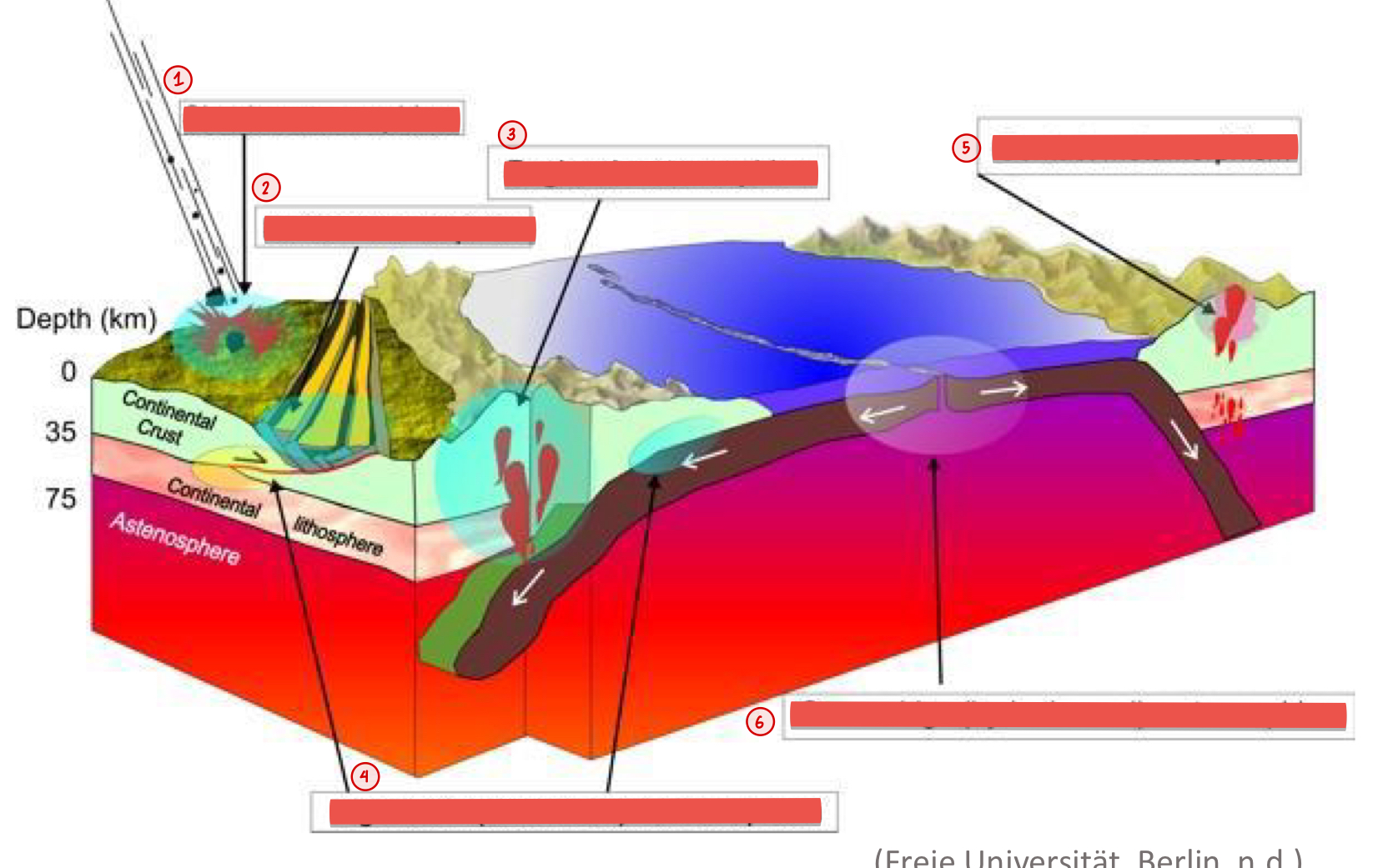
Contact metamorphism
Type of metamorphism wherein the dominant agent is heat as magma intrudes pre-existing rocks
Takes place at shallow depths and low pressure
Produces non-foliated, fine-grained rocks
Contact metamorphism
Type of metamorphism that forms marble and quartzite
Aureole/halo
The zone of alteration where rocks form in contact metamorphism
Hydrothermal metamorphism
Chemical alteration at high temperatures and moderate pressures by hot, ion-rich (hydrothermal) fluids that circulate through fissures and cracks
Common in basaltic rocks from rich ore deposits
Hydrothermal metamorphism
Type of metamorphism that forms greenstone (metamorphosed basalt)
Regional metamorphism
Takes place at considerable depths over an extensive area
Rocks are formed under high pressure associated with mountain building
Regional metamorphism
Type of metamorphism that forms slate, phyllite, schist, gneiss, and migmatite
Subduction zone metamorphism
Takes place at shallow and greater depths
Forms rocks under high pressure and low temperature
Subduction zone metamorphism
Type of metamorphism that forms blueschist and eclogite
Burial metamorphism
Takes place at shallow depths due to increase in overlying pressure
Forms rocks in relatively low temperatures
Burial metamorphism
Type of metamorphism that forms metaconglomerate
Dynamic metamorphism
Takes place along fault zone where there is very high shear stress
Cataclastic rocks
Rocks formed in dynamic metamorphism through low pressures as the force breaks and grinds the rock
Mylonites
Rocks formed in dynamic metamorphism through high pressures as ductile deformation happens
Shock metamorphism
Metamorphism that occurs at impact of a celestial body
Pressures can reach up to 40 Gpa and raise temperatures up to 500 C in a fraction of a second
Shock metamorphism
Type of metamorphism that forms shocked quartz and shatter cones
Texture
Classification of metamorphic rocks based on size, shape, and relationships of constituent minerals
Protolith
Classification of metamorphic rocks based on original rock that was transformed by metamorphism
Mineralogy
Classification of metamorphic rocks based on the mineral assemblage present
Foliated texture
Texture that exhibits a pervasive planar structure due to the nearly parallel alignment of minerals in the rock
Non-foliated texture
Texture having no preferred mineral orientations
Slate
Foliated metamorphic rocks with very fine grains which has a well-developed slaty cleavage
Phyllite
Foliated metamorphic rocks with fine to medium grains with a silky, metallic luster
Schist
Foliated metamorphic rocks with coarse-grained crystals made up mostly of micaceous minerals
Gneiss
Foliated metamorphic rocks with coarse-grained crystals with well-developed color banding of mostly non-micaceous minerals
Slate
Identify the metamorphic rock
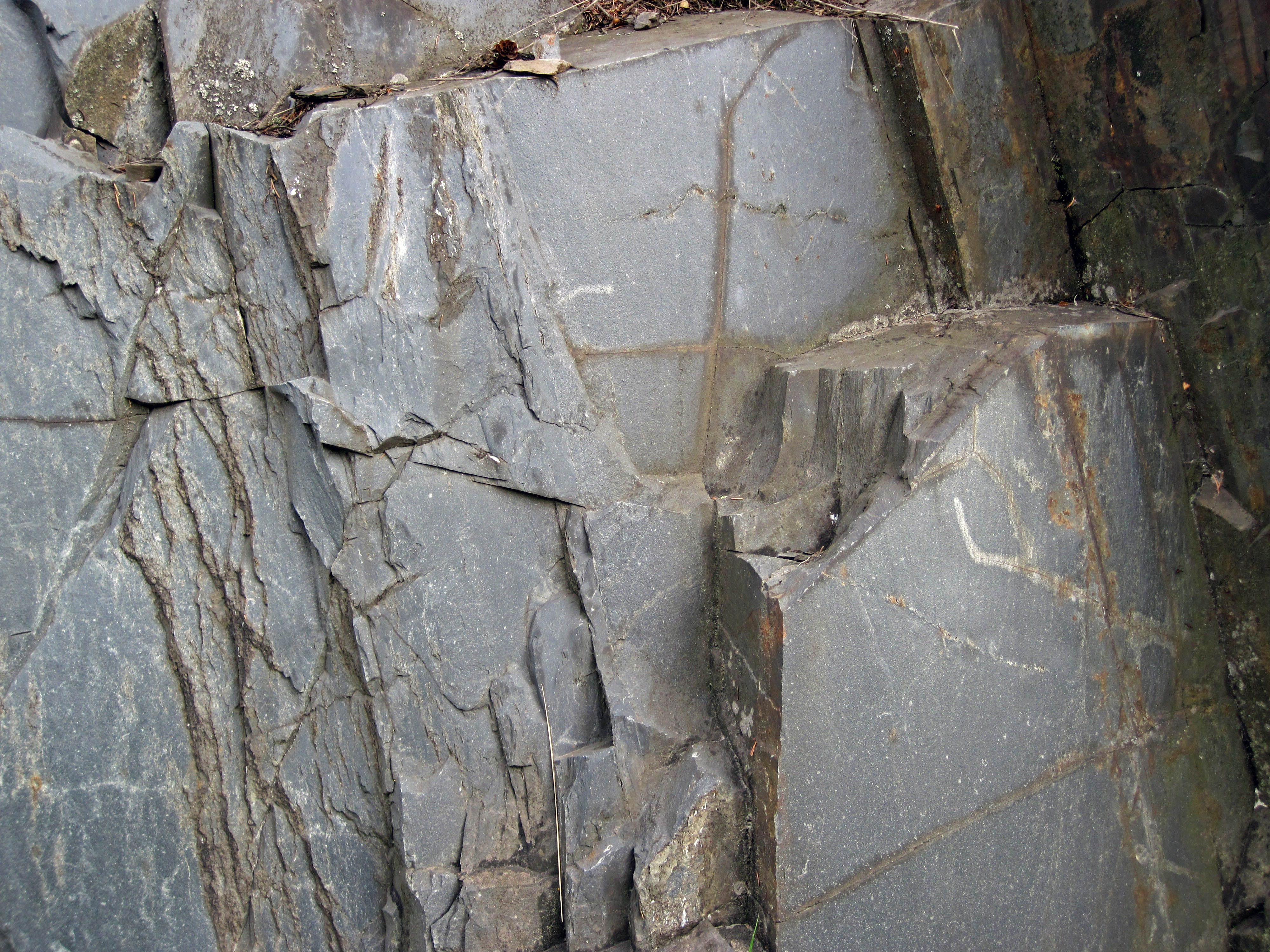
Slate
Identify the metamorphic rock
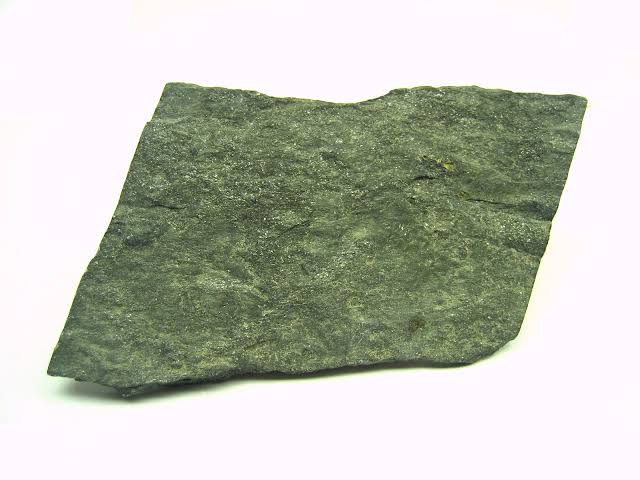
Phyllite
Identify the metamorphic rock
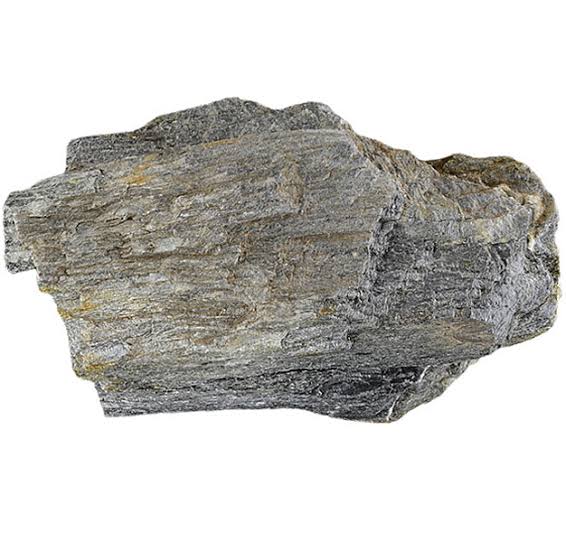
Phyllite
Identify the metamorphic rock
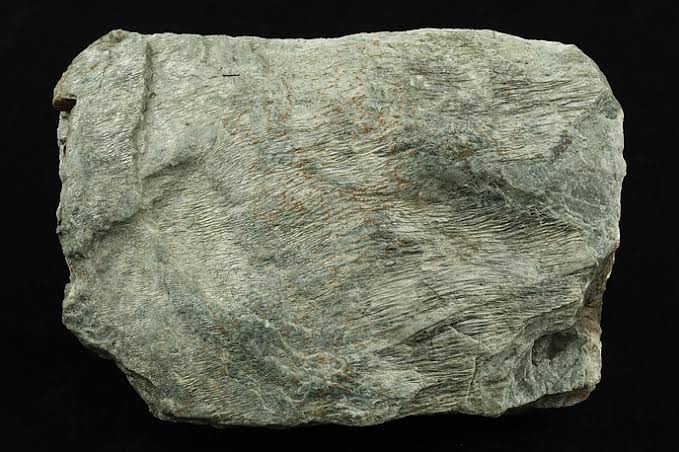
Phyllite
Identify the metamorphic rock
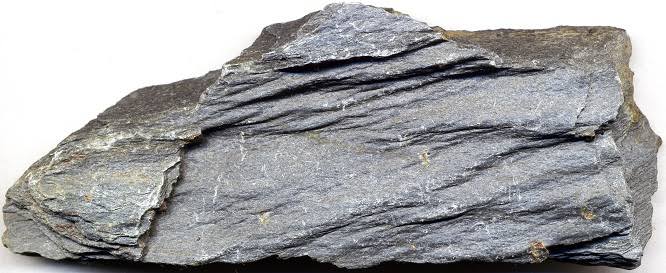
Schist
Identify the metamorphic rock
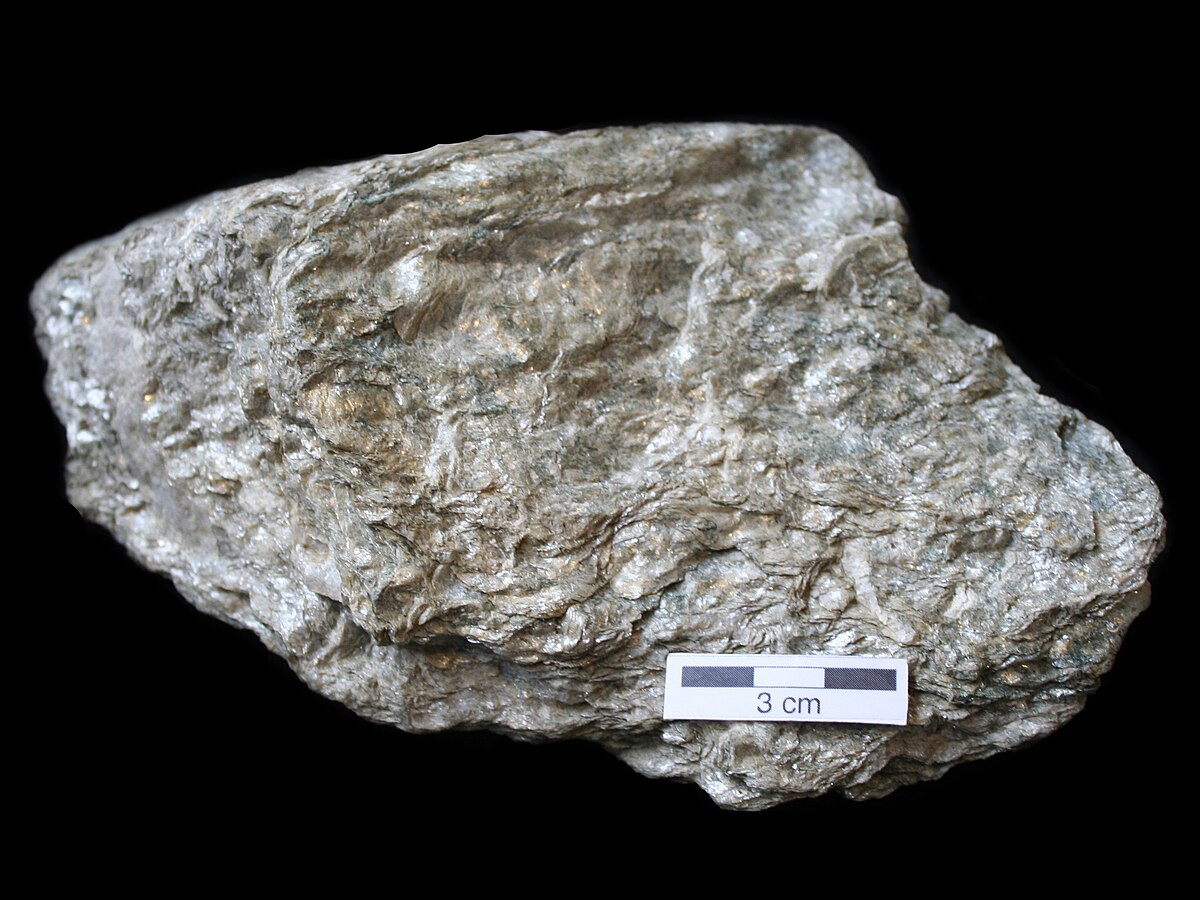
Schist
Identify the metamorphic rock
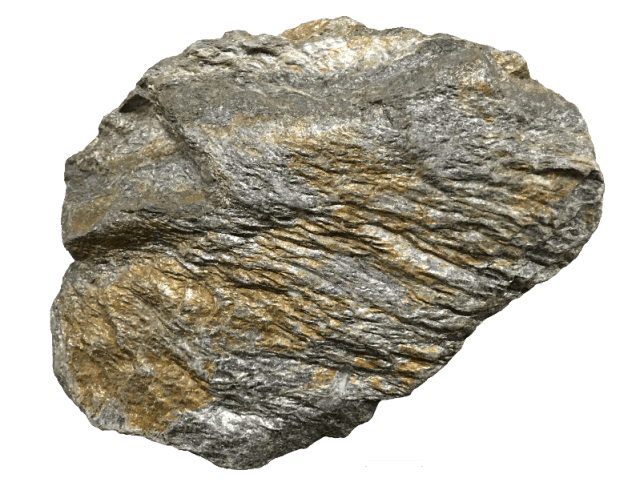
Schist
Identify the metamorphic rock
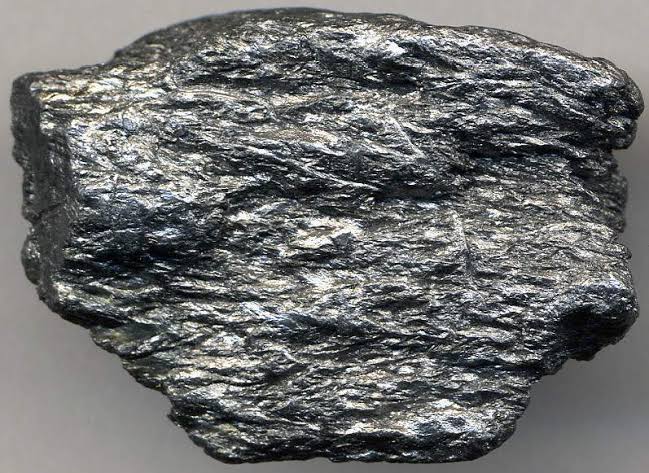
Gneiss
Identify the metamorphic rock
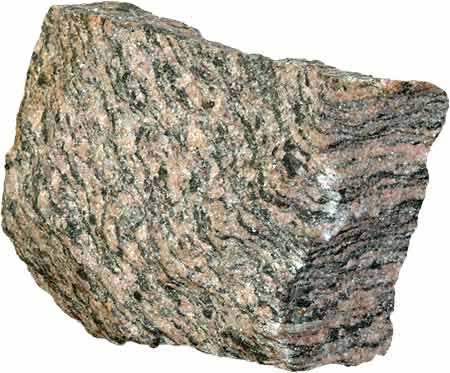
Gneiss
Identify the metamorphic rock
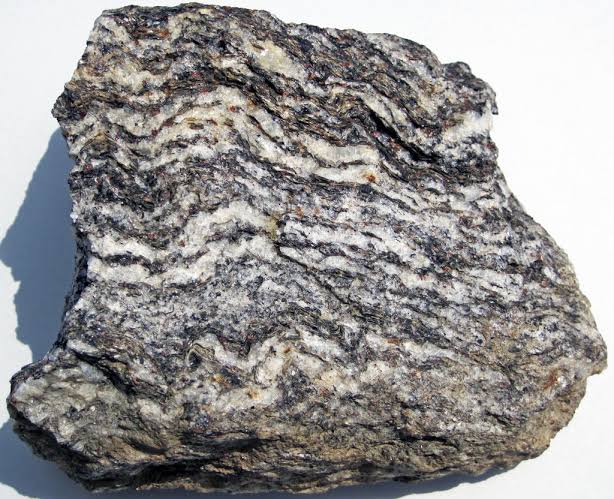
Gneiss
Identify the metamorphic rock
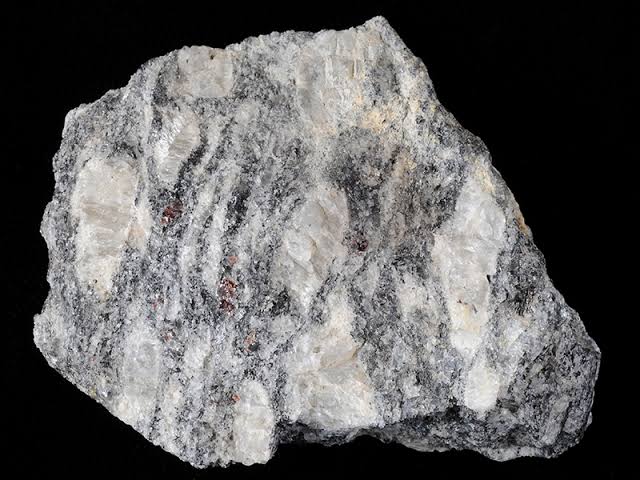
Quartzite
Non-foliated metamorphic rock composed of interlocking crystal grains, hard enough to scratch glass
Quartzite
Identify the metamorphic rock
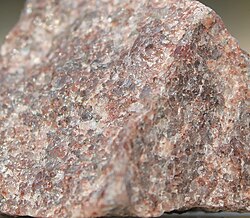
Quartzite
Identify the metamorphic rock
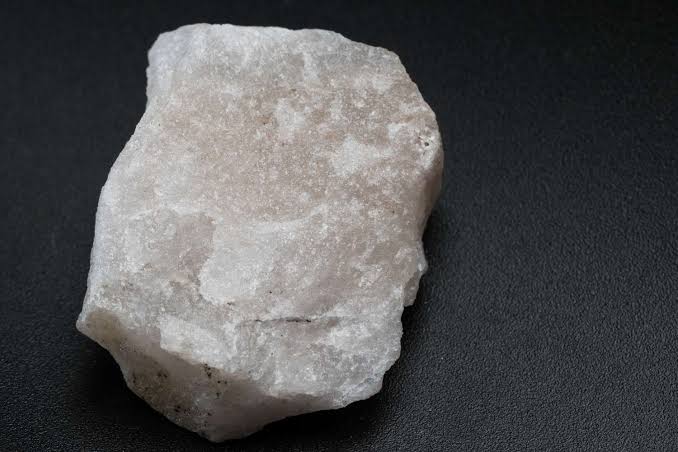
Amphibolite
Non-foliated metamorphic rock composed of amphibole and plagioclase and is coarse-grained
Amphibolite
Identify the metamorphic rock
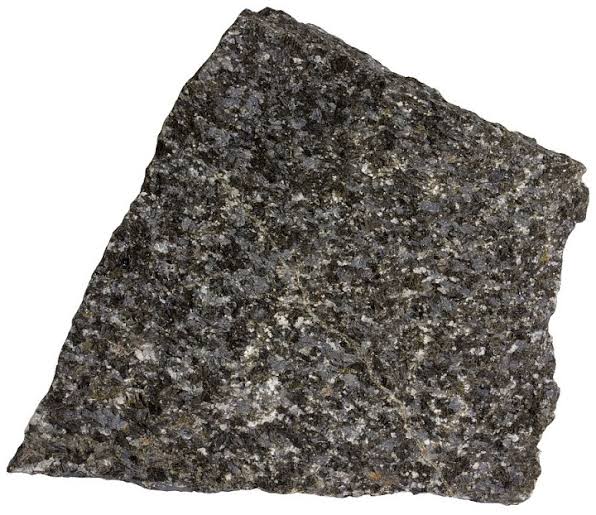
Amphibolite
Identify the metamorphic rock
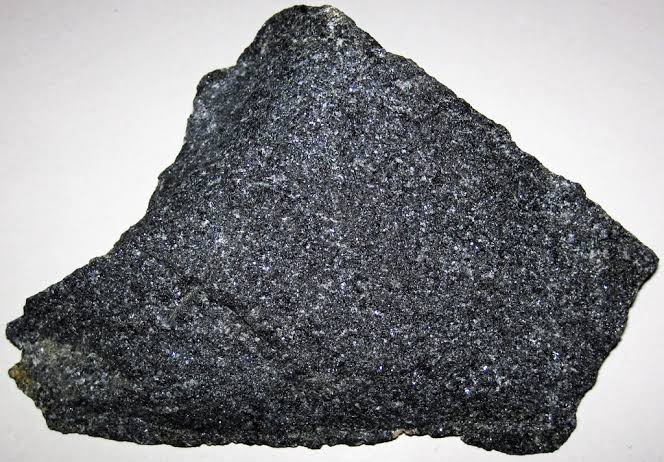
Hornfels
Non-foliated metamorphic rock composed of pyroxene/quartz and plagioclase and is fine-grained
Hornfels
Identify the metamorphic rock
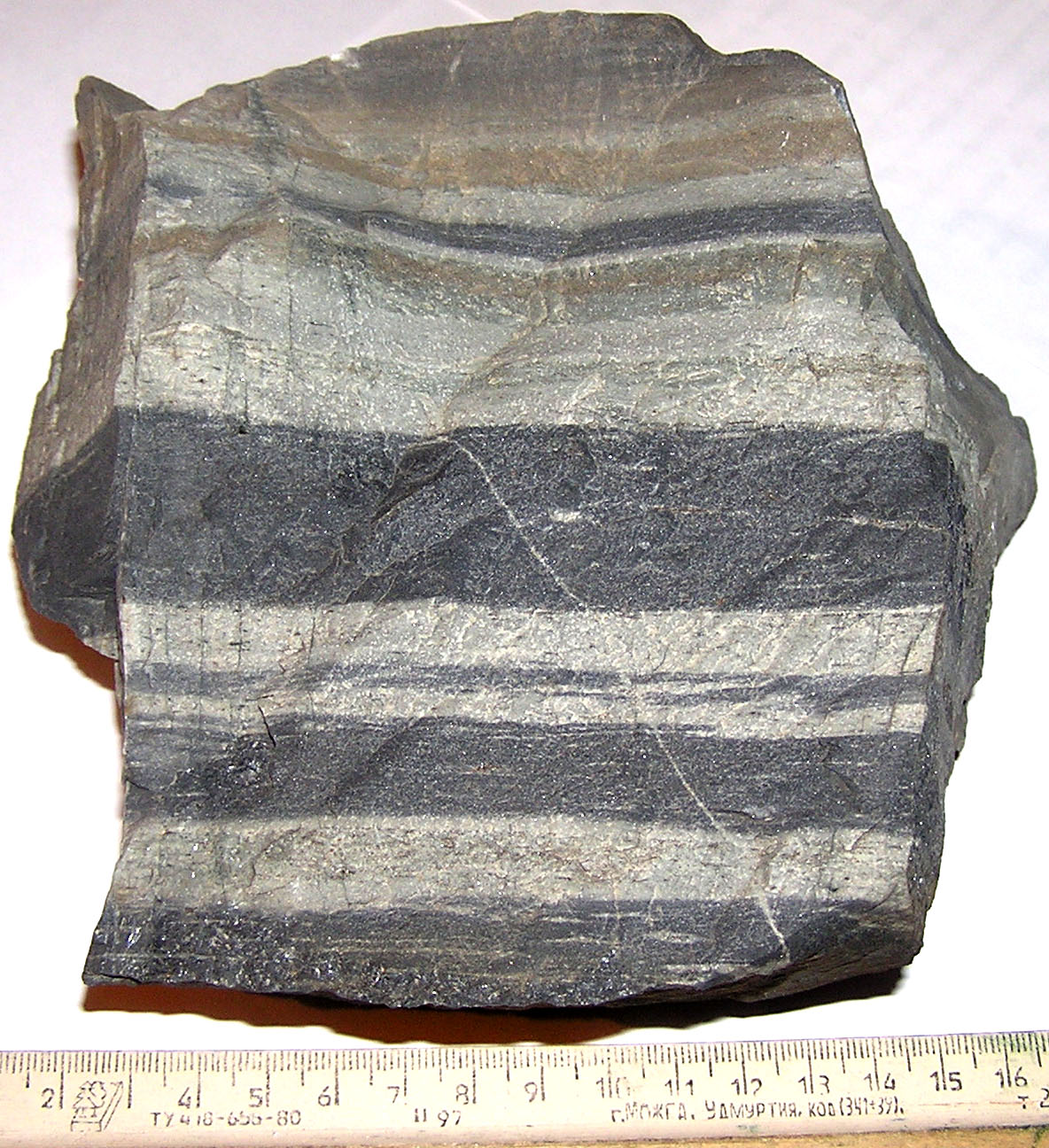
Hornfels
Identify the metamorphic rock
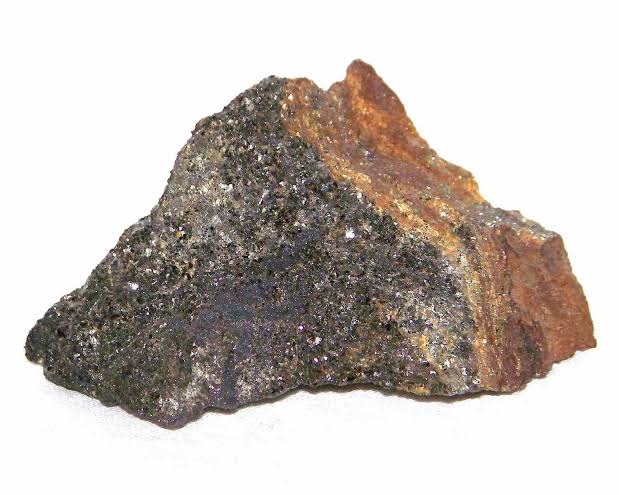
Marble
Non-foliated metamorphic rock composed of interlocking calcite grains, variably colored, and is too soft to scratch glass
Effervesces at the contact of acid
Composed of coarsely-grained crystals
Marble
Identify the metamorphic rock
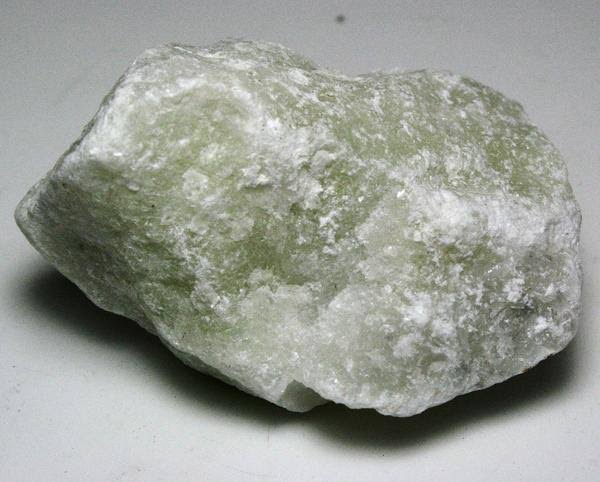
Marble
Identify the metamorphic rock
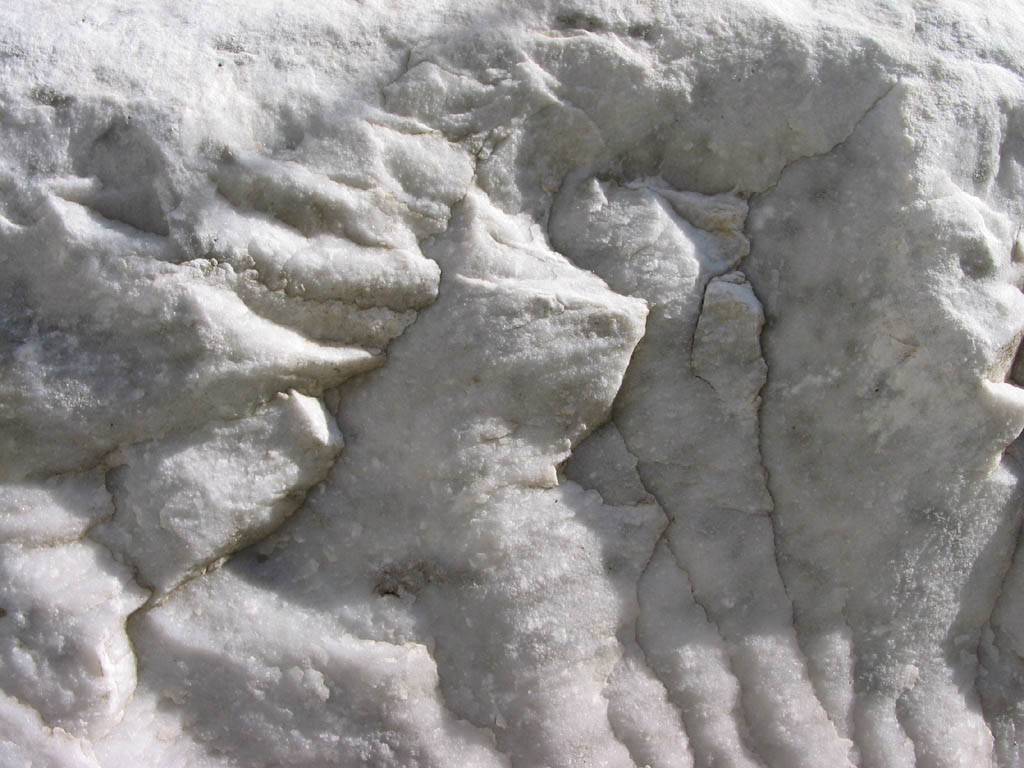
Serpentinite
Non-foliated metamorphic rocks composed chiefly of serpentine
Appearance is mesh-like mottled with green specks and have violet veins
Serpentinite
Identify the metamorphic rock
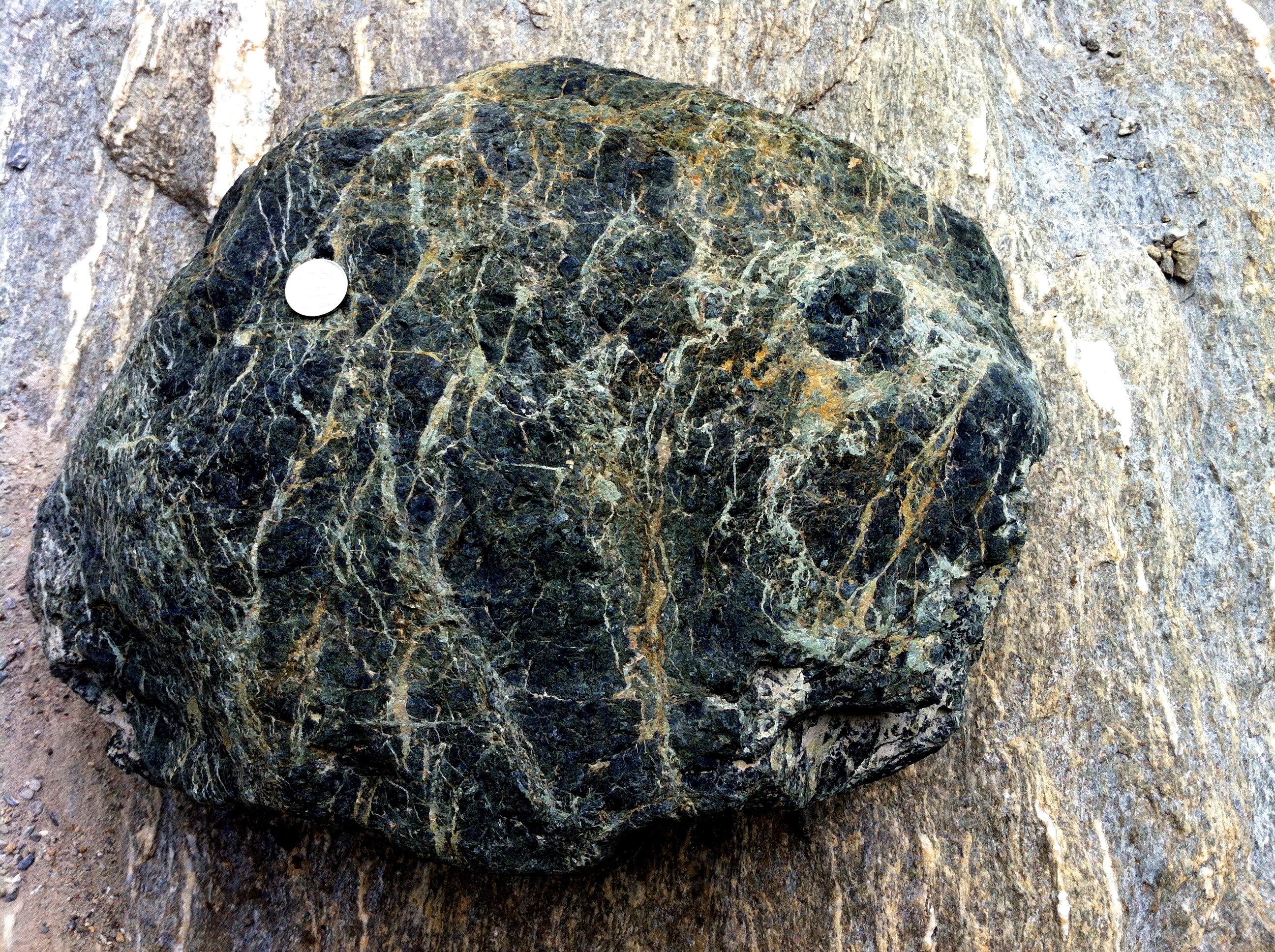
Serpentinite
Identify the metamorphic rock
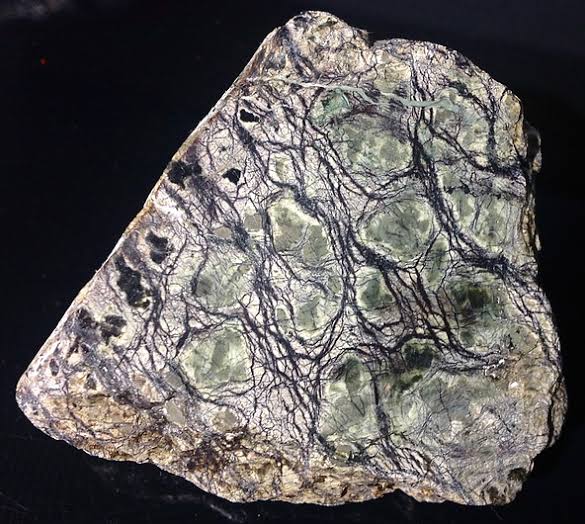
Greenstone
Identify the metamorphic rock
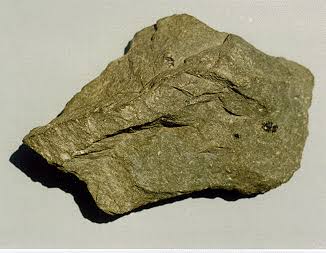
Blueschist
Identify the metamorphic rock
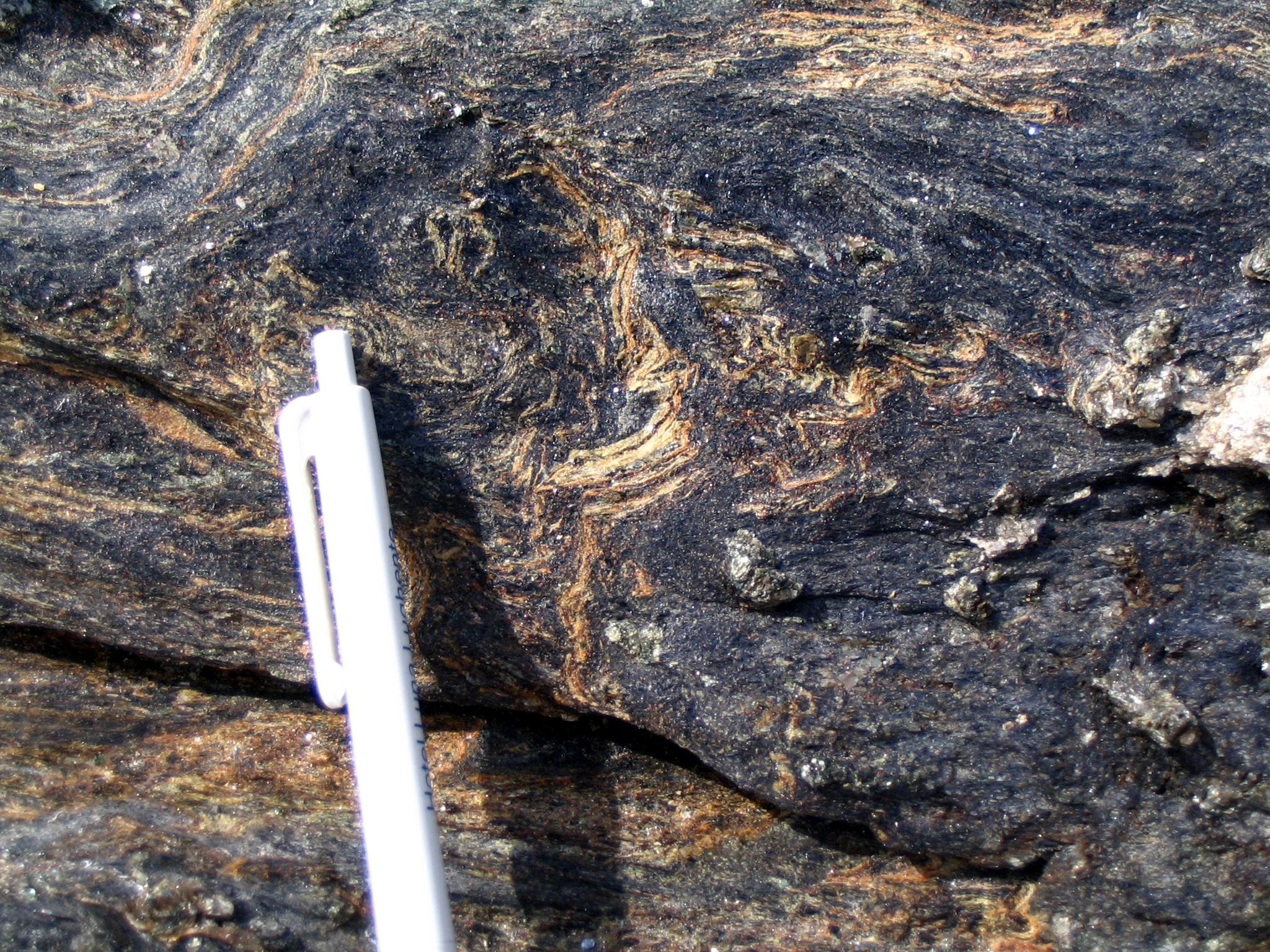
Eclogite
Identify the metamorphic rock
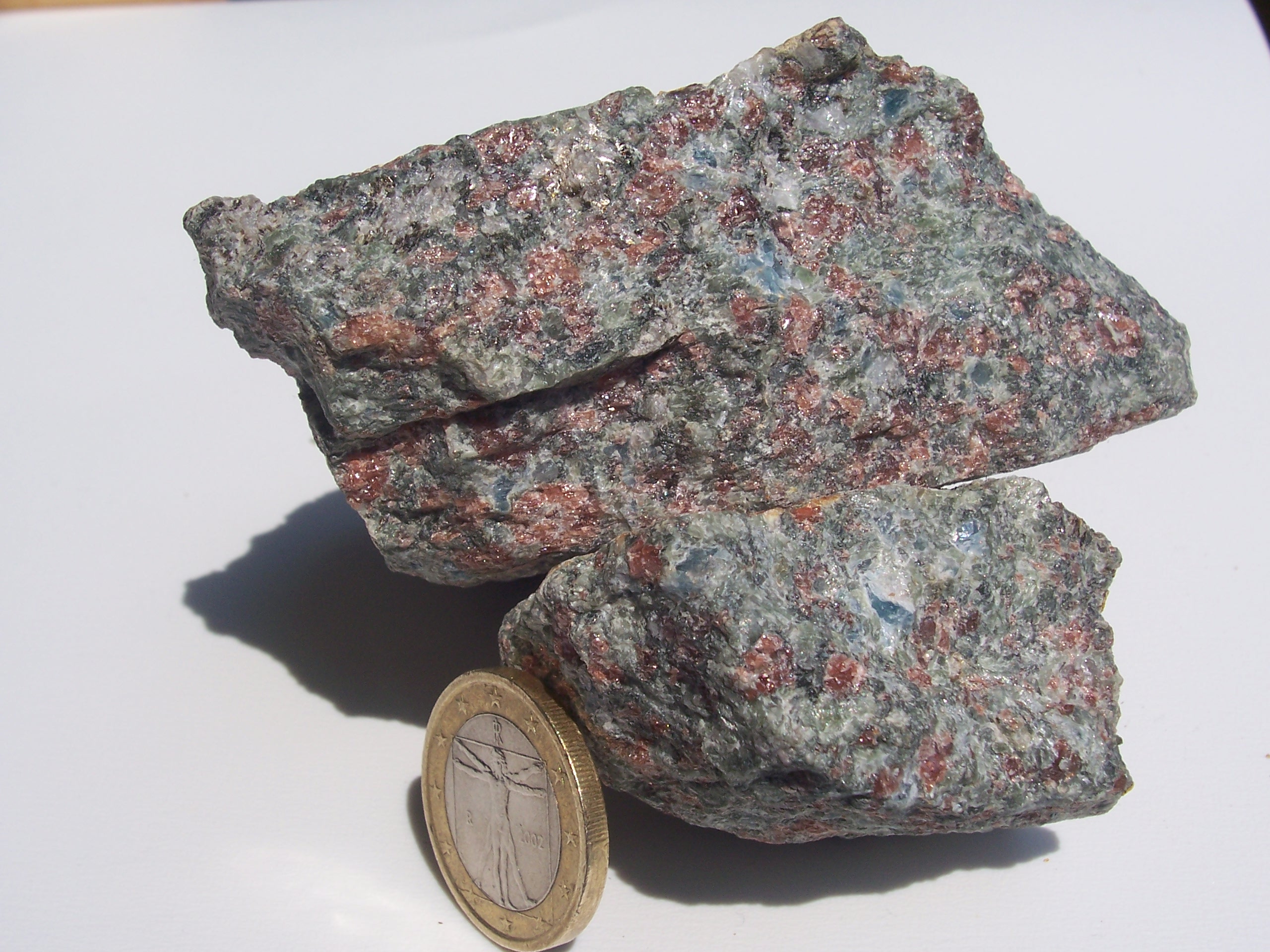
Metaconglomerate
Identify the metamorphic rock
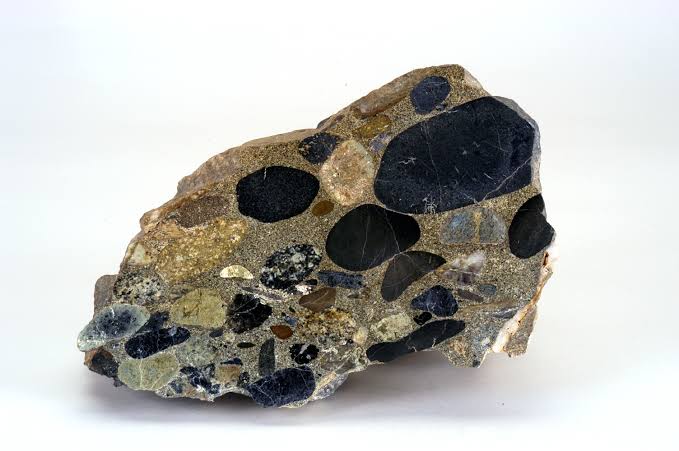
Cataclastic rocks
Identify the metamorphic rock
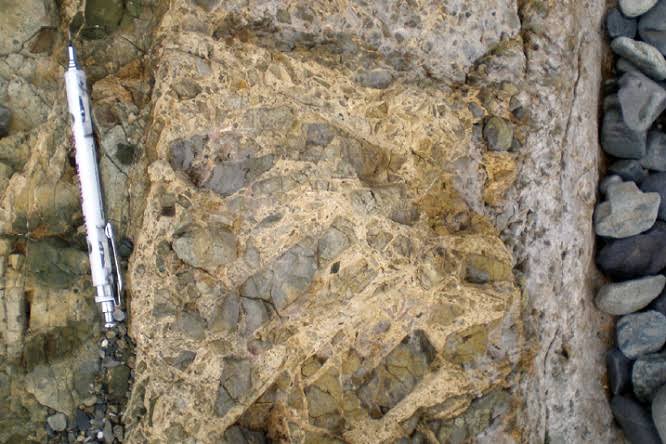
Mylonite
Identify the metamorphic rock
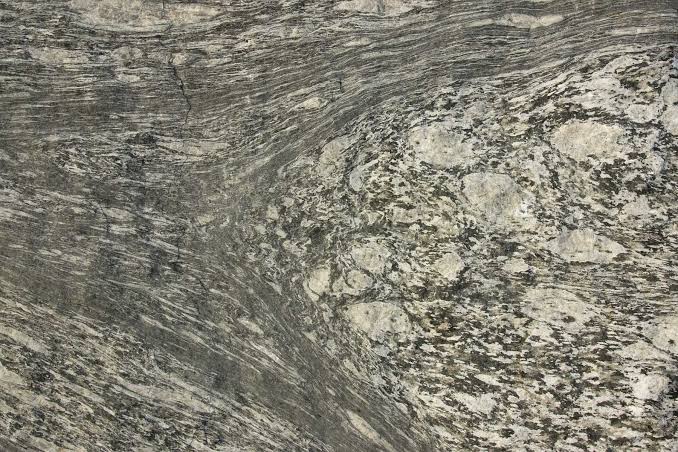
Shocked quartz
Identify the metamorphic rock
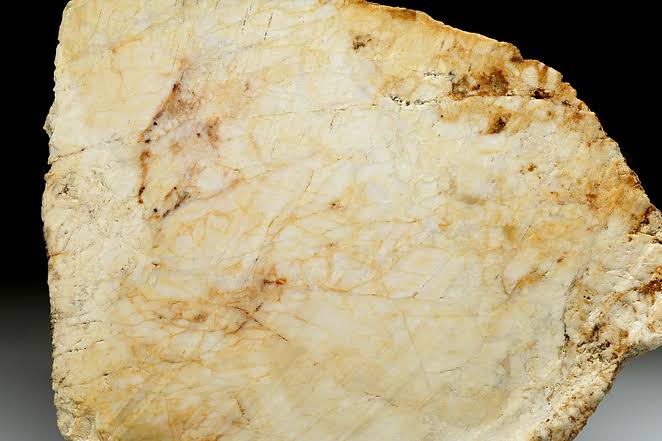
Shatter cones
Identify the metamorphic rock
